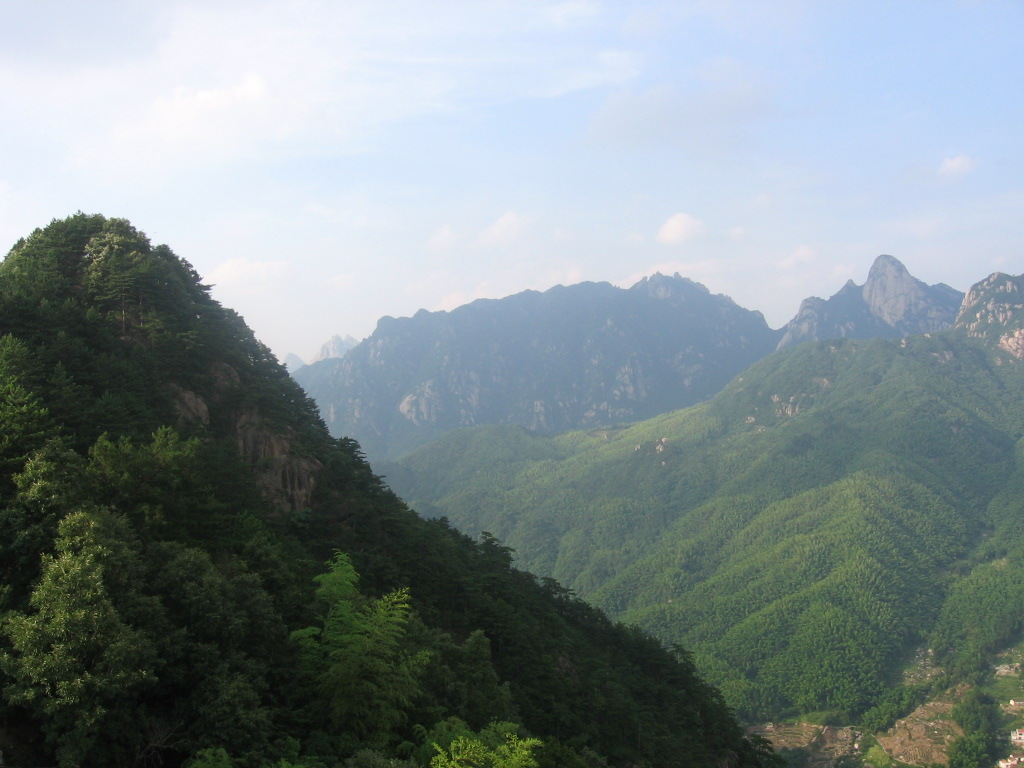Intriguing little report in the “Helsingin Sanomat” by Illka Malmberg entitled “Life and Death of an Urban Hermit.” Relates the story of a man who lived as a recluse in Helsinki and died unnoticed in his home, and of the long passage of time in which no one discovered the fact. While a common theme in local newspapers, presented with a macabre air, this piece is thoughtful and well-written, though as journalism without a solution to the premised problem. About the whole issue, the writer concludes reflectively:
Finland has its its share of rural hermits, often doubling as the village idiot or the local eccentric, and they have been left alone to live in peace.
Then when one day they are found dead by the postman or the meter-reader, the people living round about do not go beating their breasts and worrying about guilt and “what should we have done” – the deceased had lived the life he or she always wanted.
But hermits living in a big city are another matter altogether. We have yet to come to terms with the phenomenon, and this is the reason it makes news and causes people to ask if it “could have been prevented”, or if it is a reflection of our readiness to let the welfare nanny-state take on all social responsibilities for us, including “love thy neighbour”.
URL: http://www.hs.fi/english/article/
Life+and+death+of+an+urban+recluse/1135234722129
